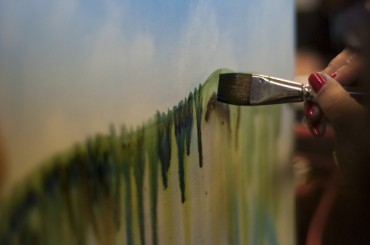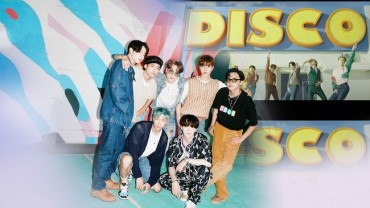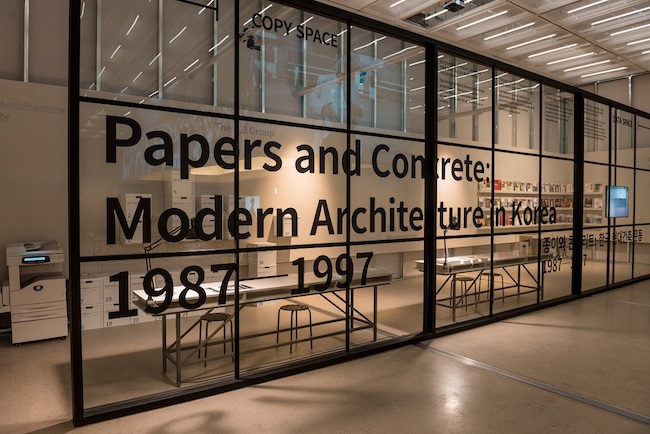
A new exhibition called “Papers and Concrete: Modern Architecture in Korea 1987-1997″ at the National Museum of Modern and Contemporary Art (MMCA) looks at Korean architectural movements of that decade, which was dotted with a dizzying array of local and international events that drove Korean architects to deep soul-searching. (Image: Yonhap)
SEOUL, Sept. 5 (Korea Bizwire) — The ten years from 1987 to 1997 were the most active and dramatic period for contemporary Korean architecture. During that time, the country’s architects actively pursued the path they thought they needed to take to keep pace with Korea’s rapid economic development, social changes and industrialization.
A new exhibition called “Papers and Concrete: Modern Architecture in Korea 1987-1997″ at the National Museum of Modern and Contemporary Art (MMCA) looks at Korean architectural movements of that decade, which was dotted with a dizzying array of local and international events that drove Korean architects to deep soul-searching.
“This is the very first occasion that we approach the flow of Korean contemporary architecture in a collective and comprehensive manner. This was only possible with thorough research and rich archives,” said Bartomeu Mari, the museum’s director, at a press briefing at the museum’s Seoul branch Tuesday.
“The exhibit is part of our exploratory missions that shed light on the history of Korean architecture during the very important history of our country,” he added.
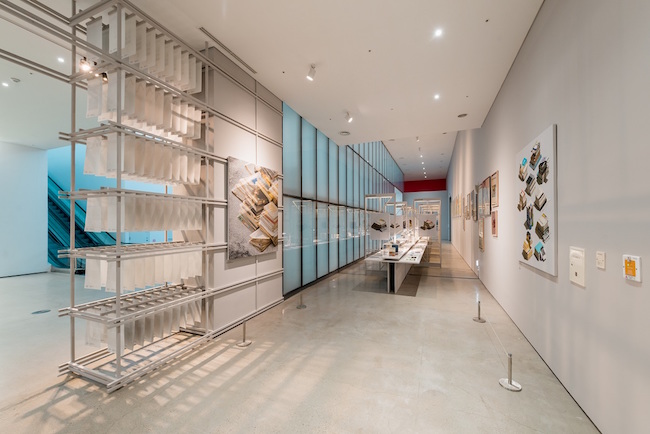
Altogether, 11 architectural groups from The Young Architects Association (1987-1991) to Seoul School of Architecture (1995-2002) have been documented in the exhibition to demonstrate primary motives and trends of the time. (Image: Yonhap)
The museum’s architecture curator Jeong Da Young said the exhibition looks at the architectural development in light of many life-changing internal and external events of the time, including the start of democracy in Korea, the death of two legendary Korean architects — Kim Chung Up and Kim Swoo Geun — the deadly collapses of both a bridge and a department store in Seoul, and the beginning of the post-Olympics era.
Altogether, 11 architectural groups from The Young Architects Association (1987-1991) to Seoul School of Architecture (1995-2002) have been documented in the exhibition to demonstrate primary motives and trends of the time.
The exhibit also looks at how internal discussions helped define the direction and mission of the country’s young architectural minds when they designed individual buildings and, by extension, new towns or cities.
The Young Architects Association, comprising some 300 young, progressive architects, for example, actively sought a role in drawing up or revising the country’s construction laws. It stressed architects should shoulder bigger responsibilities for city redevelopment and better public housing infrastructure. Among many projects, the group proposed that Seoul build public rental housing to utilize the U.S. army base in Yongsan, central Seoul, and designed the resettlement town for evictees in Incheon.
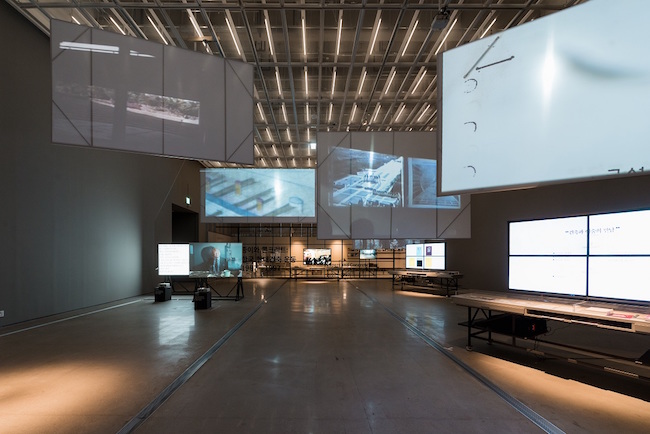
The exhibition, which runs through Feb. 18, 2018, takes on an important historical meaning, as it is the first extensive archival attempt to dig deeper into how modern Korean architecture has evolved, the museum said. (Image: Yonhap)
The Research Group for Architectural Movements (1989-1993), organized by graduate students, was one of the most academic and research-centric organizations. Members reviewed the modern architectural movements of the 20th century, such as Russian Constructivism and Bauhaus, to draw lessons for Korean architecture.
The exhibition, which runs through Feb. 18, 2018, takes on an important historical meaning, as it is the first extensive archival attempt to dig deeper into how modern Korean architecture has evolved, the museum said.
(Yonhap)



